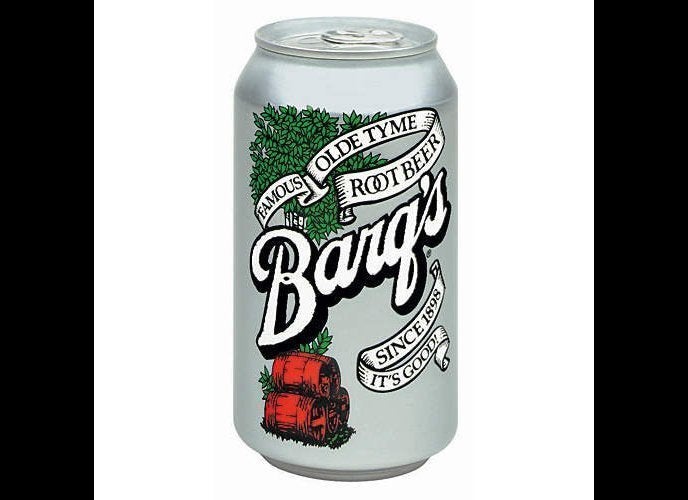
(Adds comment from the National Grocers Association)
By Toni Clarke and Anjali Athavaley
Nov 24 (Reuters) - The U.S. government will publish sweeping new rules on Tuesday requiring chain restaurants and large vending machine operators to disclose calorie counts on menus to make people more aware of the risks of obesity posed by fatty, sugary foods.
"Obesity is a national epidemic that affects millions of Americans," Food and Drug Administration Commissioner Margaret Hamburg told reporters on a conference call on Monday.
"Strikingly, Americans eat and drink about a third of their calories away from home."
The FDA's new rules, which are part of the 2010 Affordable Care Act, set a national standard for restaurant chains with 20 or more outlets and will pre-empt the patchwork of state laws.
Under the rules, calories must be displayed on all menus and menu boards. Other nutritional information - including calories from fat, cholesterol, sugars and protein - must be made available in writing upon request.
The new calorie rule covers meals at sit-down restaurants, take-out food, bakery items, ice cream from an ice-cream store and pizza, which will be labeled by the slice and whole pie. Seasonal menu items, such as a Thanksgiving dinner, daily specials and standard condiments will be exempt.
The final rule, unlike a 2011 proposal, includes movie theaters, amusement parks and alcoholic beverages served in restaurants, but not drinks mixed or served at a bar.
Restaurants have one year and vending machine operators have two years to comply with the new rules following publication in the Federal Register.
Panera Bread Co in 2010 became the first company to voluntarily display calorie information at all its cafes nationwide. Others, including McDonald's Corp and Starbucks Corp, followed suit.
The agency said it amended its proposals after considering more than 1,100 comments from industry, public health advocates and consumers.
It narrowed the scope to clearly focus on restaurant-type food. Still, there are nuances: Foods such as deli meat bought at a grocery store counter will be excluded. But the rules will apply to food eaten in grocery stores, such as meals purchased at in-house cafes.
Hamburg acknowledged that calorie counts for pizza slices and many other foods made on the premises will vary. Restaurants may draw on databases, cookbooks and food package labels to calculate calories.
The restaurant industry has supported a national standard for years and welcomed the changes.
"We believe that the Food and Drug Administration has positively addressed the areas of greatest concern," said Dawn Sweeney, chief executive of the National Restaurant Association, which represents 990,000 restaurant and food-service outlets.
Not all industry groups were satisfied.
"We are disappointed that the FDA¹s final rules will capture grocery stores, and impose such a large and costly regulatory burden on our members," said Peter Larkin, president and CEO of the National Grocers Association.
National Automatic Merchandising Association, representing the food and refreshment vending industry, said it will "reserve judgment" on the impact on the industry, but said that two years was insufficient "implementation time," especially for small businesses.
The rules aim to close a gap in the 1990 Nutrition Labeling and Education Act, which established nutrition labeling on most foods, but not restaurant or other ready-to-eat foods.
Katie Bengston, Panera's nutrition manager, said menu labeling has not affected its business: "We did not notice a jump in sales from higher calorie items to lower calorie items." (Reporting by Toni Clarke in Washington; Editing by G Crosse and Richard Chang and Simon Cameron-Moore)
Related
Before You Go
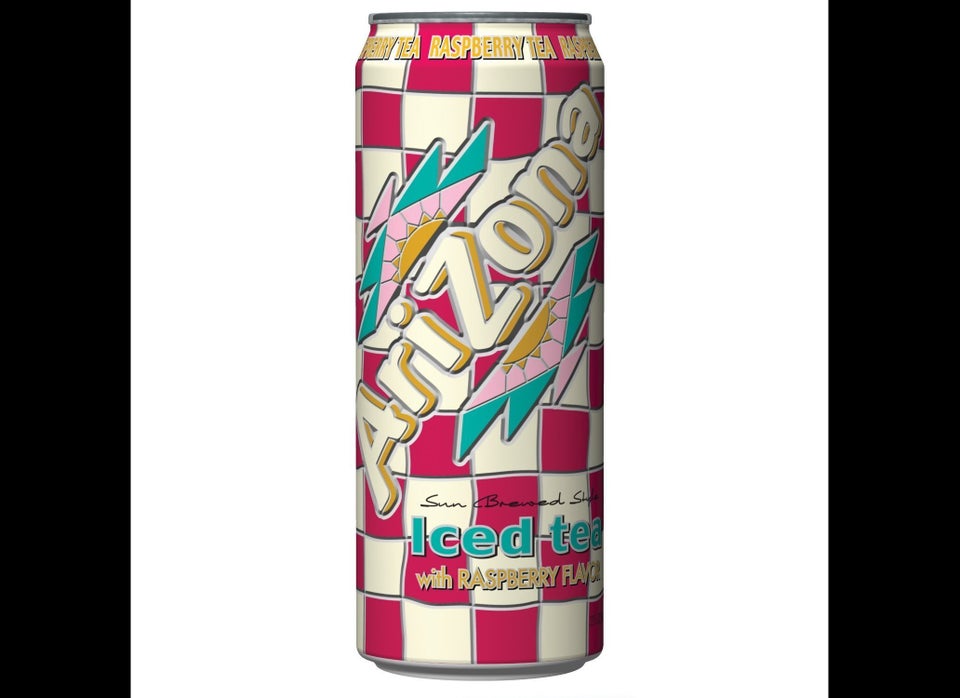
Photo from Amazon.com

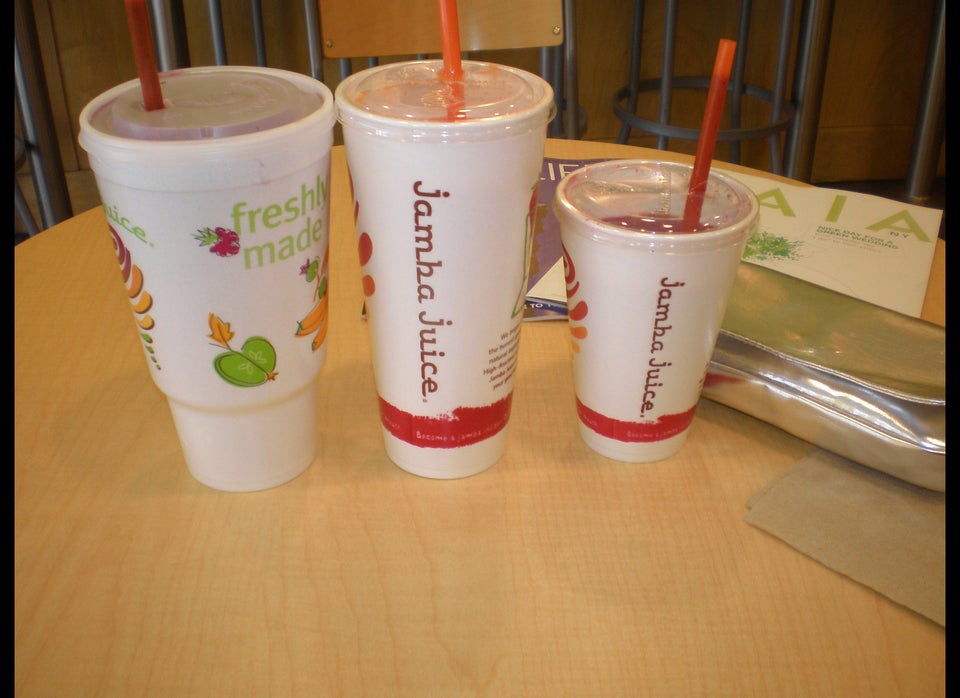
Flickr photo by libookperson
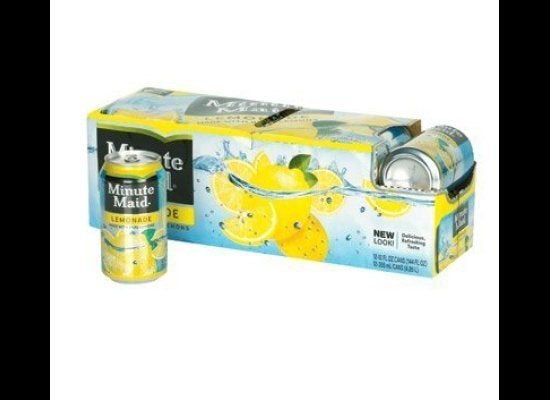
Photo from Amazon.com
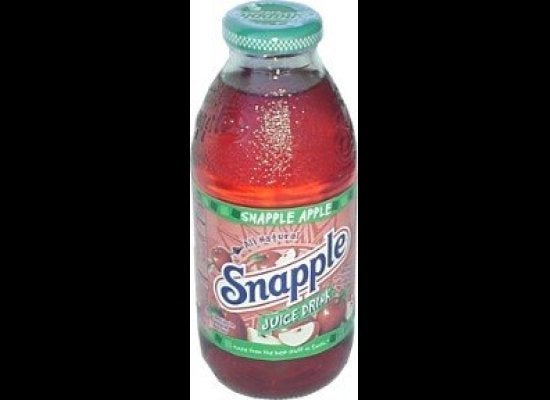
Photo from Amazon.com
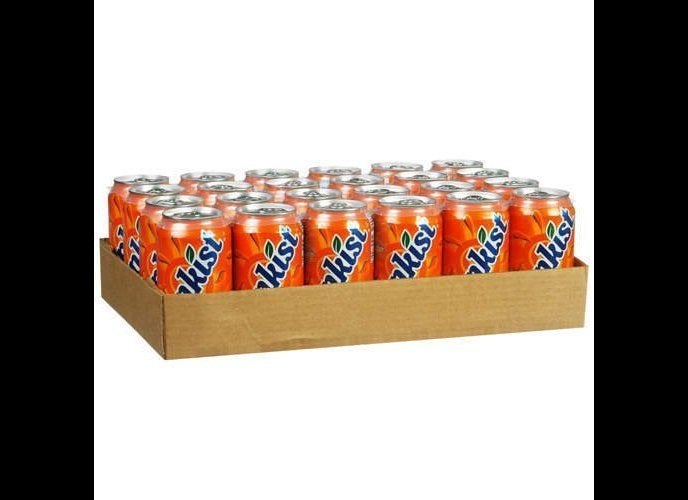
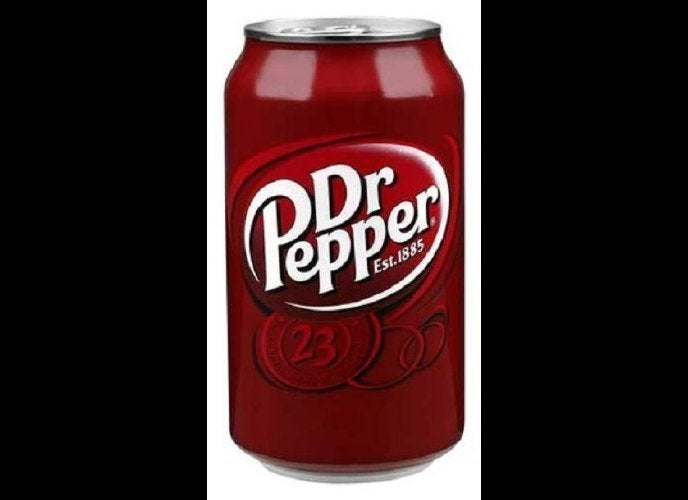
Photo from Amazon.com

Flickr photo by ReneS
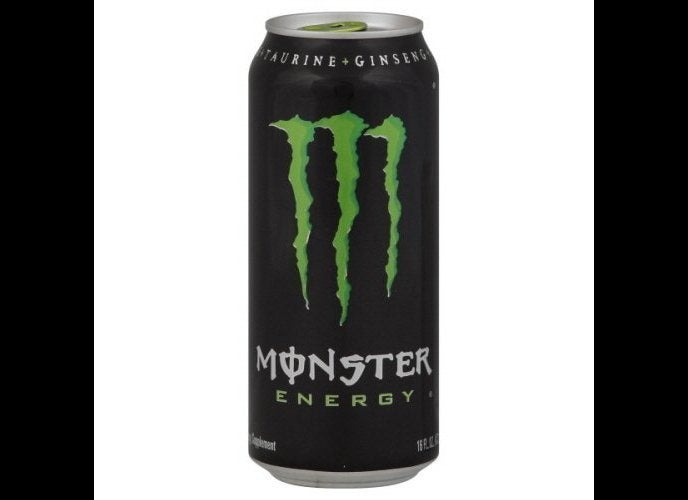
Photo from Amazon.com

Photo from Amazon.com

